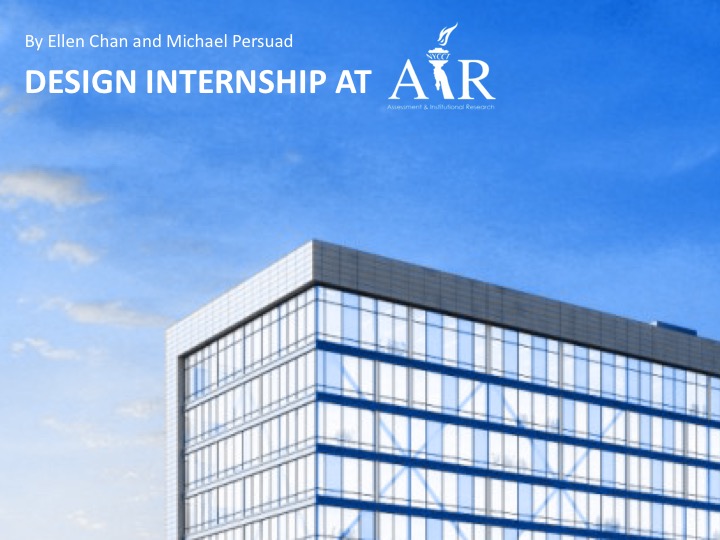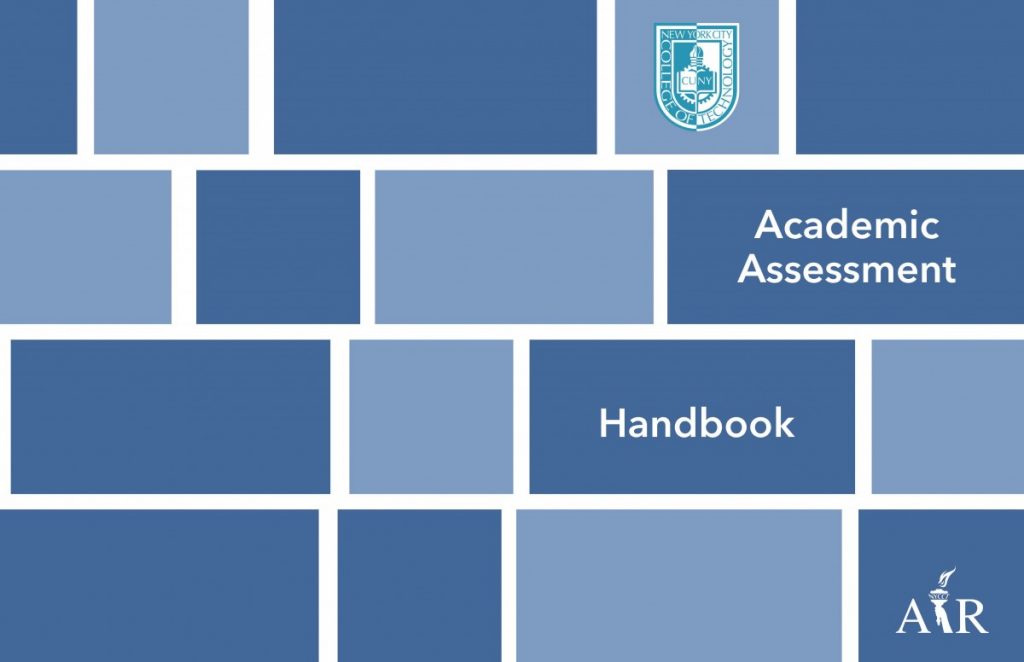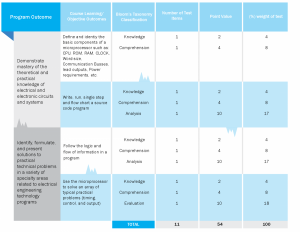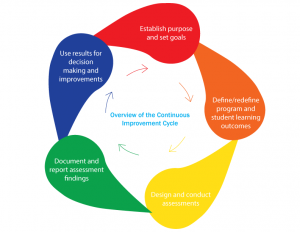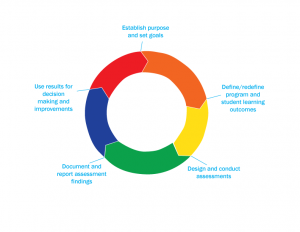By the end of my internship, I had a handbook and a poster to my name. Neither of which solely belonged to me, but were created through a collaboration process. It didn’t feel like I did much, but I gained a lot of insightful experience.
Author: Ellen Chan
An Accessible Document

“Ableism” is defined as “discrimination against the disabled”. Often, when I hear the word, “ableism”, it’s usually in the context of using language at the expense of the mentally disabled. But there are other ways, such as schools putting tremendous focus on trying to “cure” disabled students, instead of helping them. As a person living with a relative diagnosed with schizophrenia, and momentarily lost the ability to walk properly, “ableism” is something I have been thinking about it a lot.
Which is why it was such a big deal when CUNY was sued for not properly providing for their disabled students. This was something I first heard when I walked into a meeting held by Peter, City Tech’s computer technician. As a public institution, City Tech was bound to follow the federal law of making accessible documents and websites. And AIR, of course, has to abide by those rules.
The Journey to Publication
As stated in previous posts, the main project was designing the assessment handbook. The handbook needed a consistent look and infographics that looked “modern”. After the visuals were completed, the PDF also needed to be adjusted for accessibility.
The Key to Teamwork: Communicate
I have worked in teams before. In a prior internship, I worked in a team alongside other students, under the supervision of a design professor. Most of my communication emails with the other students were about which graphics we were doing and sharing updates.
At AIR, it was different. Yes, the emails covered the same topics, but there was greater urgency behind it. At my previous internship, there was a general sense if anything went wrong, the professor would pitch in and help fix things. But my supervisor had no design skills or expertise. So if anything went wrong, it was up to the design team and I to figure it out.
Looming Deadlines

The major project of my internship was the handbook. Aside from a few communication hiccups, there weren’t any issues. Until one day, I was asked by my supervisor if I could come in on Friday for a whole workday. One of the other interns called out sick, so I was expected to finish as much as possible for 8 hours. (I was also asked to stay at the office for 2 more hours on Thursdays to help them meet the deadline.)
The reason for this sudden crunch, my supervisor explained to me, was that the other departments didn’t hand in their research material on time. So for all of Friday, I spent most of my time in the office with my supervisor and one of the college assistants.
Putting Yourself In Someone Else’s Shoes
If I were to describe the target audience for everything I have designed before my internship, it would be fellow college students. Or to put it more broadly, people who share the same interests as me.
But that may never be the case in the design world. Every client has their individual needs, and people can come from different backgrounds. For AIR, their target audience was college professors and faculty members. Thus, every design material from the department needed to appeal to them.
The Design Process
Often, the key to creating design material efficiently is in the process. My first assignment ever was to redesign some infographics that were going to be published in the academic handbook. I was asked to make them feel modern, while also keeping it “academic”.
When I design a graphic, I usually aim to create as many variations as possible. The goal is so that I can provide my clients a choice, as well as showcase my work efficiency. If I can make five graphics in six hours, that might impress my supervisor or client. Below are some examples of the variations I created.
Interning in Academia
When interning at a department that promotes academic research, there’s an expectation of a super-formal business environment. In some ways, that fits AIR. Because the public availability of AIR’s data gives a platform for school faculty and teachers to discuss policy changes, meetings are held regularly in the office. I often see professors from various major departments, or faculty members behind the school’s research and honors programs. When these meetings occur, I do my best to stay out of sight.
The people here are generally friendly, and were quick to express sympathy when I came in on crutches. (I broke my ankle a few days before I started my internship.) The general dress-code is business-casual, although the office does have “Casual Fridays”. But when I was still in the cast, my supervisor permitted me occasionally coming in sweatpants or jeans. (One of jeans was cut to fit around my cast.)
Getting Into AIR
I found the internship via an OpenLab posting. Shortly after sending my application, I got an email from the college’s AIR department asking for an interview. I agreed to come in on Thursday, and made sure to dress nicely. Although my resume contained a link to my online portfolio, I knew from past experience interviewers really liked looking at the physical copy. For some of the design work I did for past internships, I wasn’t able to obtain the original physical copies, so I had to settle for my personal print-outs.
An Introduction to the City Tech AIR Department
“Research” often brings up to mind a dry, academic environment, where everybody is focused on crunching numbers. For this reason, I had my reservations about my design internship with City Tech’s AIR department. The AIR department is an institution dedicated to providing academic data. It is located in the college’s Namm building, on the 2nd floor. The department primarily analyzes research data and comes up with best ways to optimize students’ academic performance throughout the school.
Continue reading “An Introduction to the City Tech AIR Department”

